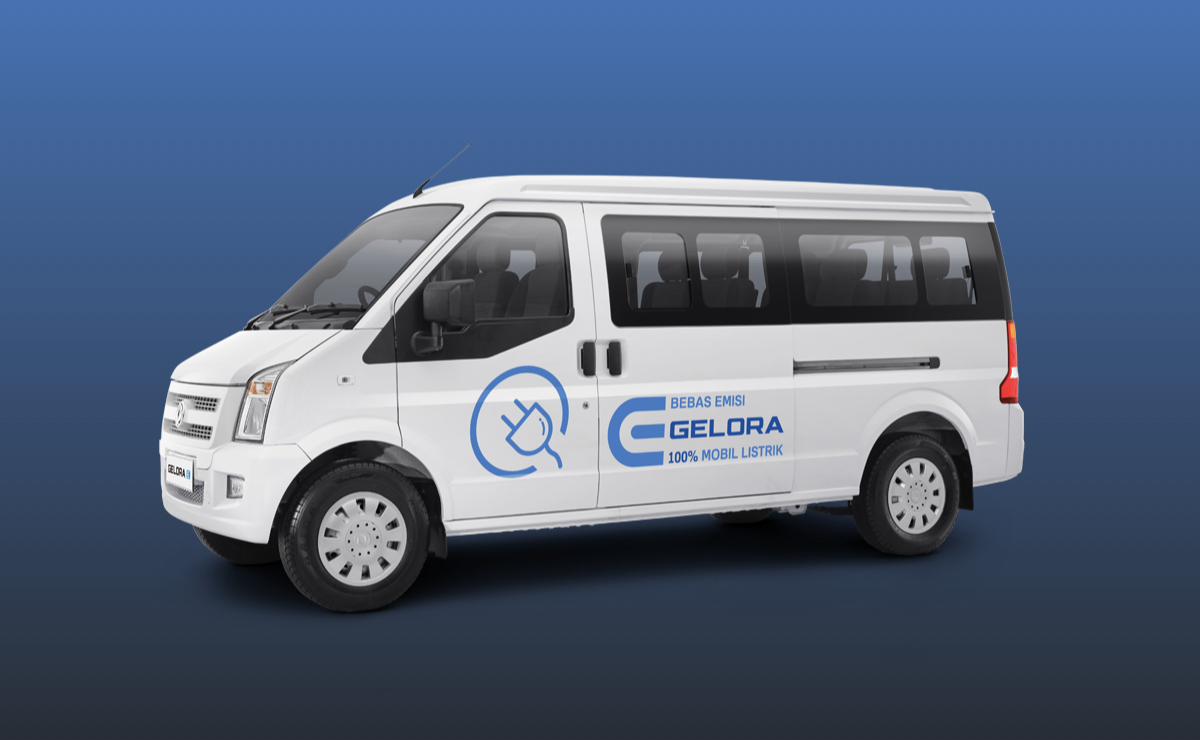With the technology transfer from joint-venture companies and great supports by the Chinese government, Chinese self-owned brands begin marching to world stage in the big trend of the development of new energy vehicles in recent years; in addition to focusing on BEVs to challenge mature markets in Europe, in the competition of global automotive market, it’s clear that the hybrid segment in China and Southeast Asian market had become the first step for Chinese self-owned brands to challenge Japanese carmakers.
First, the hybrid segment of China was originally dominated by two major Japanese brands – Toyota and Honda; There are more than 80% of approximately 90,000 units of hybrid cars monthly sale out of these two brands. In 2019, Chinese government proposed the mid-term target of fuel consumption: According to WLTC, the global test standard, the fuel consumption of passenger cars in 2025 must be as low as 4L/100KM. Since then, Chinese self-owned brands were fully devoted to the R&D of new energy technologies, and then utilized PHEVs to fight against Japanese Hybrid cars since last year, the year claimed to be the “first year of hybrid” (“hybrid” stands for HEVs and PHEVs in China). To view from the DM-i hybrid technology developed by the leader of new energy vehicles – BYD, it utilizes high-power motor and high energy density blade batteries as the foundation, which has multiple power operation modes including pure electric, serial, parallel, and energy recuperation… When the power level is high, it will use the pure electric mode that is driven by electric motors; when the power level is low, it will be driven by engine, and charges the battery at the same time; when acceleration is needed, the engine and the motor will drive the car at the same time; during high-speed cruising, the engine directly drive the car. This car’s hybrid technology that mostly driven by “electricity” suits for the stop-and-go urban driving condition that can save more fuel than ICE cars. The combined range can reach 1,200KM (including the pure electric range of 120KM), and the fuel consumption without charging has already reached 3.8L/100KM (26.3KM/L)… it even surpasses Altis Hybrid’s 25.2KM/L by a small margin. That is the biggest reason why general public that have range anxiety and care about fuel consumption gradually turn to self-owned brands from Japanese brands in the Chinese hybrid car market since this year.
As for the automotive market in Southeast Asia, either CKD or CBU, the sales volume of Chinese self-owned brands has gradually catch up with Japanese brands in Thailand, Malaysia… Especially BEV models gained 90% segment share in Thailand. It means Chinese self-owned brands began utilizing new energy vehicle technologies to break the market monopoly of Japanese brands for a long time. Certainly, the EV strategy of South Korean carmakers had expanded in Southeast Asian market as well, and the deployment is comprehensive, which might form the status of trio competition with China and Japan in this region.

On the whole, Chinese self-owned brands had realized the dream of catching up with major automotive manufacturing countries including Germany, Japan, USA, etc. by the R&D of BEVs, which could never be completed in the era of ICE cars. It’s beyond imagination 10 years ago that new car models from Chinese self-owned brands had begun entering advanced markets including Europe, USA, Japan, etc., in recent years, and it’s very likely to fight hand to hand with Japanese brands in China and Southeast Asian markets nowadays. This sales competition isn’t just the duel of car models, but had been upgraded to the competition level between new energy vehicles vs. ICE cars, or different technologies of new energy vehicles; Moreover, it might influence the direction of policies of local governments, and the popularity of infrastructures related to the usage of new energy vehicles. Anyway, the automotive market will get livelier and livelier in the future.